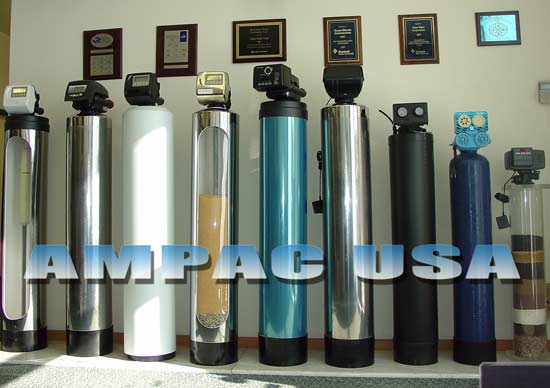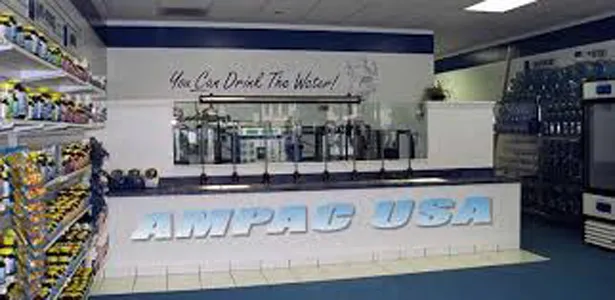Last updated on March 24th, 2025 at 02:17 pm
Every water softener will need regeneration at some point. To understand why, it is important to know how a softener works. A softener is deployed to do what its name clearly suggests; to soften water. Hard water, as we know brings plenty of disadvantages along such as lack of proper cleaning and washing, build-up in appliances and unhealthy skin & hair. A water softener works by separating hardness causing minerals such as calcium and magnesium from water. The outcome of its operation is soft water that forms adequate leather and is safe for your skin.
The process that makes water softening possible is the ion exchange phenomenon. Softeners contain resin or granular substance typically sodium. When these resins are made to bump hard water, they release sodium or potassium ions while trapping magnesium and calcium ions. Quite naturally, these resins are bound to contain excess of hardness causing minerals with the passage of time and exchange cycles. When that point comes, these resins are required to regenerate in order to be able to facilitate the exchange process effectively. This process is known as regeneration.
For regeneration, the softener pushes brine water towards the resins which separates magnesium and calcium from the resins and releases them out. The frequency of this phenomenon depends on the usage. Typically, it is not a process that the user has to trigger or initiate. The regeneration should start and end automatically. The component responsible for recognizing the need of regeneration and executing it is the control valve. The control valve can be programmed to trigger regeneration in a couple of methods.
One of them is a time-based method which involves an automatic regeneration which happens after an interval preset into the system. This time interval is generally fixed by a water filtration professional. Depending upon your usage patterns, water quality, size of the tank, an expert will set the regeneration frequency. Another method involves sensing of the amount of water processed through the sensor. Instead of time, this method triggers the regeneration after a fixed amount of water has been processed. The frequency in this case will vary with each cycle due to changing requirements. For some cases, this method might prove to be a more optimal choice.
If your water starts showing signs of hardness through your appliances and the leather formation, then it might have something to do with the regeneration process. In such situations, it is wise to check if your softener’s brine tank seems to be empty. You may also check for any blockage in your drainage as it can cause an obstruction while the softener tries to regenerate. Frequent power outages can also interfere with the time settings of the softener. You can isolate this cause by making a reset and observing the water quality thereafter. If these measures don’t yield a good outcome, then it is a good idea to get in touch with a water filtration expert or your machine’s manufacturer without wasting time.










